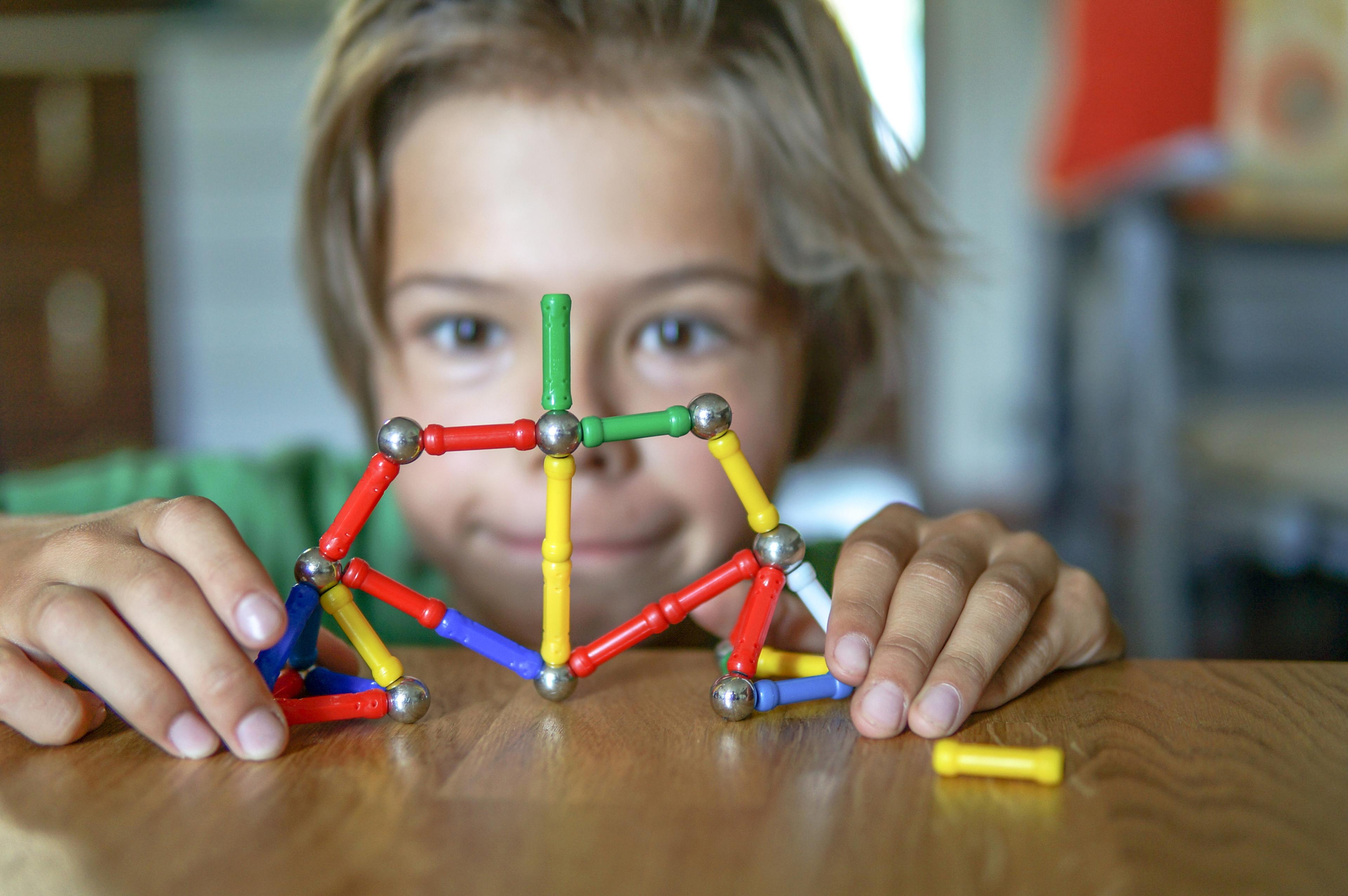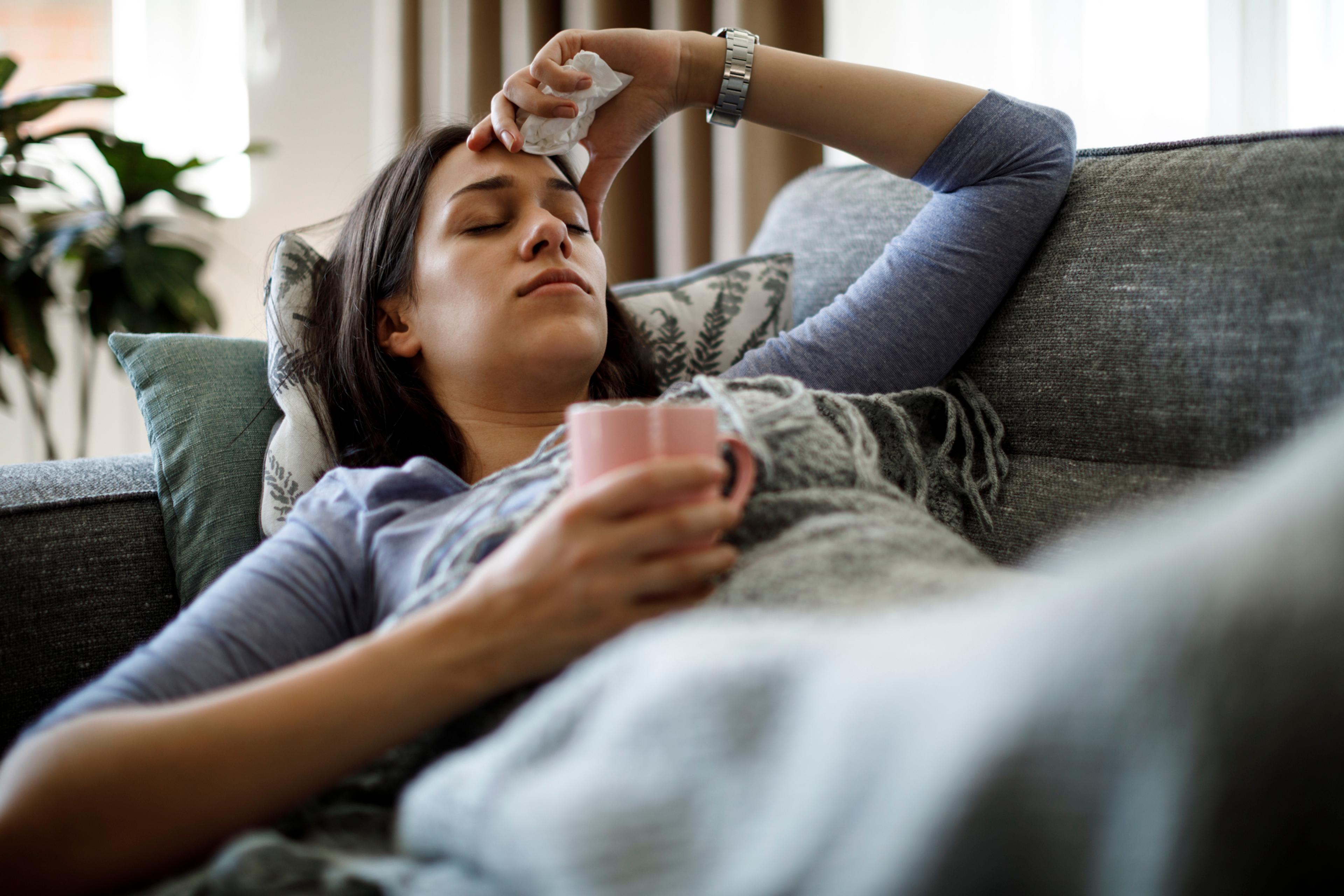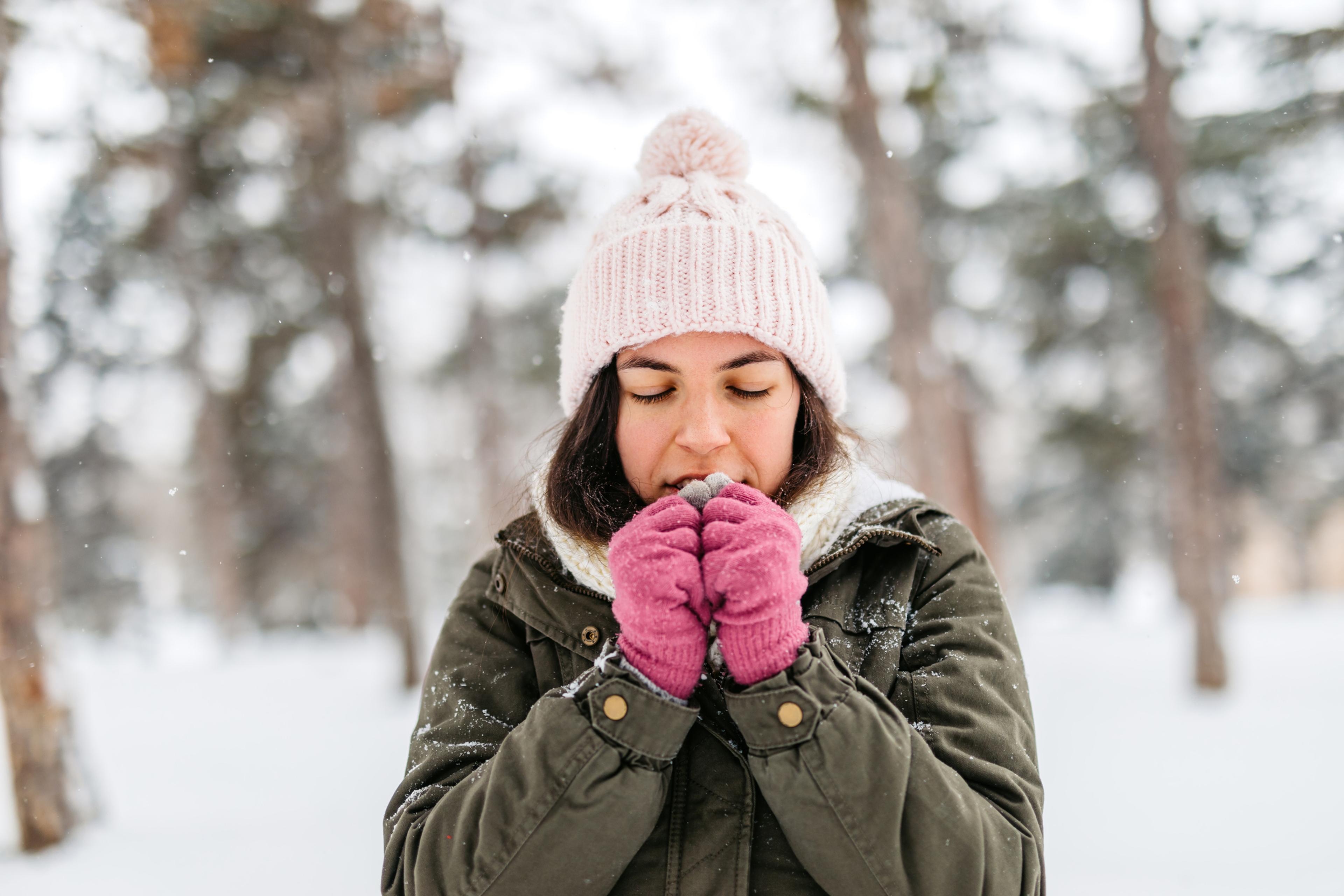How to Prevent Burn Injuries at Home and When to Seek Care
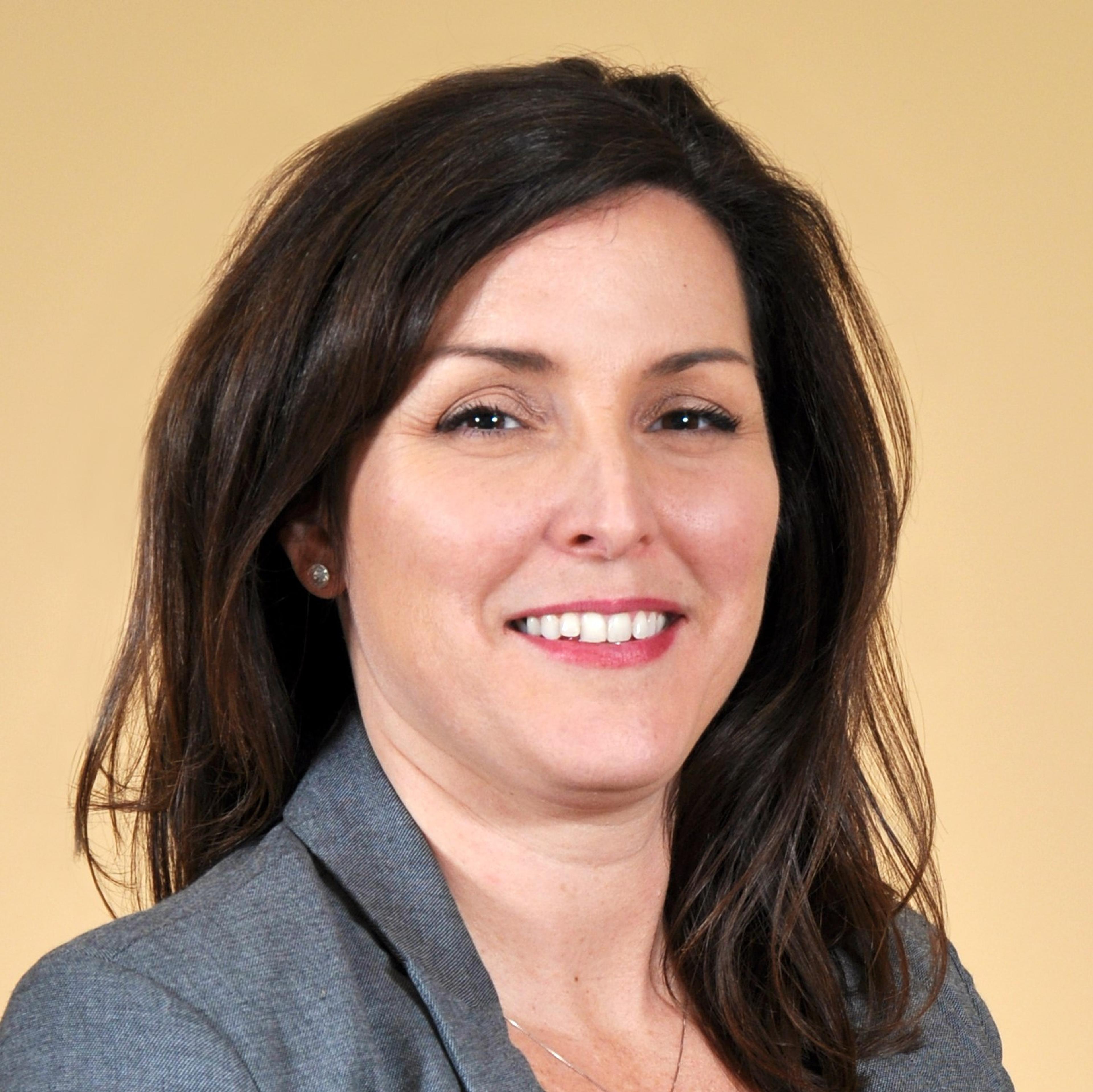
Dr. Amy Milewski, M.D.
| 4 min read
Dr. Amy Milewski, M.D., is vice president of clinica...
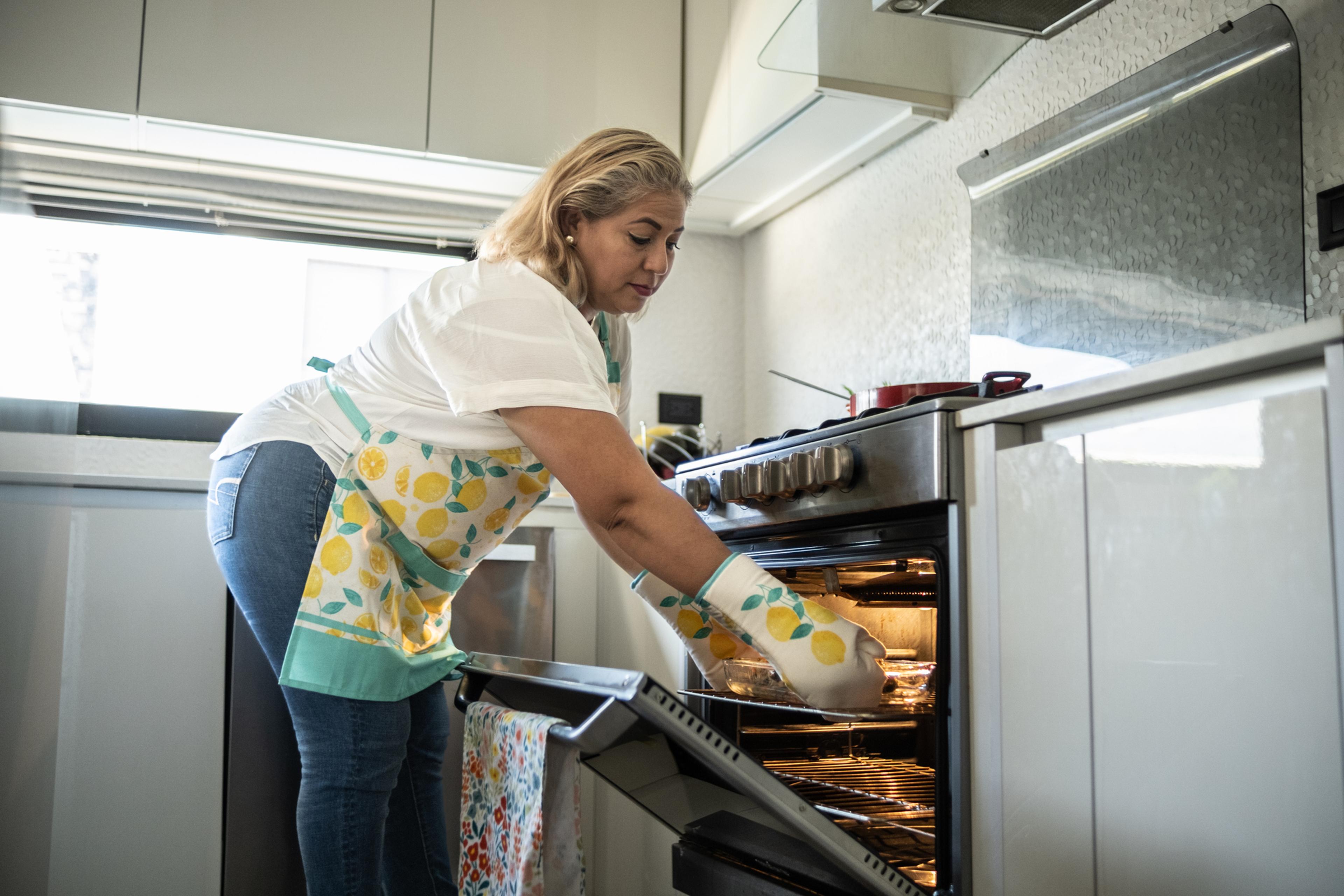
By: Dr. Amy Milewski, M.D., associate chief medical officer, Blue Cross Blue Shield of Michigan.
Every year, about 600,000 Americans seek treatment for burns. This number doesn’t account for the minor burns people may receive from an open flame or a hot stove.
Most burns are treatable and not fatal. Let’s look at the common types of burns, how to treat them and how to prevent them.
The most common types of burns
More than 60% of all burns occur at private residences. The most common cause of burn injuries is from flames, which make up 45% of all burns. Scalds make up about 32% of burns, 10% are from contact with a hot object, while three percent are electrical and three percent are chemical. About 94% of burns are accidental. Burns are mostly to hands, arms and legs. About 66% of burn injuries happen to men, while 34% happen to women. In children, 58% of burns are scalds from hot water. A little more than three percent of burn injuries are fatal, including from inhalation.
Burns have three common categorizations:
- First degree: a mild burn that damages only the outer layer of skin
- Second degree: a more severe burn that damages the second layer of skin and can lead to blisters, pain and swelling
- Third degree: a significant burn that damages all layers of skin and destroys nerve endings in the affect areas
How to care for thermal burns and when to seek medical treatment
For thermal burns and scalds, the first step is to remove contact with the source of the burn and extinguish any flames. Use the familiar “stop, drop and roll,” if necessary, and remove any burned materials and restrictive clothing or jewelry from the person’s body.
First degree burns
For first degree burns, run the affected area under cool water or apply a cool compress. Apply a petroleum-based ointment a few times a day, and cover the burn with a sterile, non-adhesive bandage.
Second degree burns
The same with first degree burns, run cool water or apply a cool compress to a second-degree burn. Don’t apply ice or break any blisters, which could lead to infection. Protect the area with a sterile, non-adhesive bandage. Take over-the-counter pain medication to treat any pain.
Third degree burns
Call 911 for third degree burns as they can be life-threatening and may require skin grafts. Do not apply cool water to the burn, and cover the area with a sterile, non-adhesive bandage or sheet that won’t leave lint.
Third degree burns can lead to other health problems, including sepsis, edema, organ failure and low blood pressure.
With any burn, seek immediate medical care if:
- The burn is large or deep
- There are signs of infection, such as increased pain, redness, swelling, fever or oozing
- A burn blister is larger than two inches or oozes
- There are burns to the hands, feet, face or genitals
- Clothing sticks to the skin. Cut away fabric around it but do not attempt to remove the material
How to prevent burns at home
Take the following precautions to prevent burns:
- Do not leave food unattended on the stove
- Turn pot handles away from the edge of the stove
- Keep children several feet away from hot stoves, ovens, grills and open flames
- Use oven mitts that fully cover hands and arms when taking things out of the oven
- Keep hot liquids away from the edge of tables and counters
- Set hot water heaters to below 120 degrees Fahrenheit
- Test water for a bath or shower before getting in, especially for children
- Lock up lighters, matches and chemicals that can cause burns when not using them
- Wear protective clothing when handling chemicals that can cause burns
- Unplug hair irons when they are not in use. When using them, set them away from the edge of the counter and keep cords away from where someone can accidentally grab them
- Make sure smoke detectors work properly
By: Dr. Amy Milewski, M.D., is associate chief medical officer at Blue Cross Blue Shield of Michigan. For more health tips and information, visit MIBlueDaily.com.
Image: Getty Images
Related:

